EPA Draft Guide Sets Radiological Limits On Drinking Water
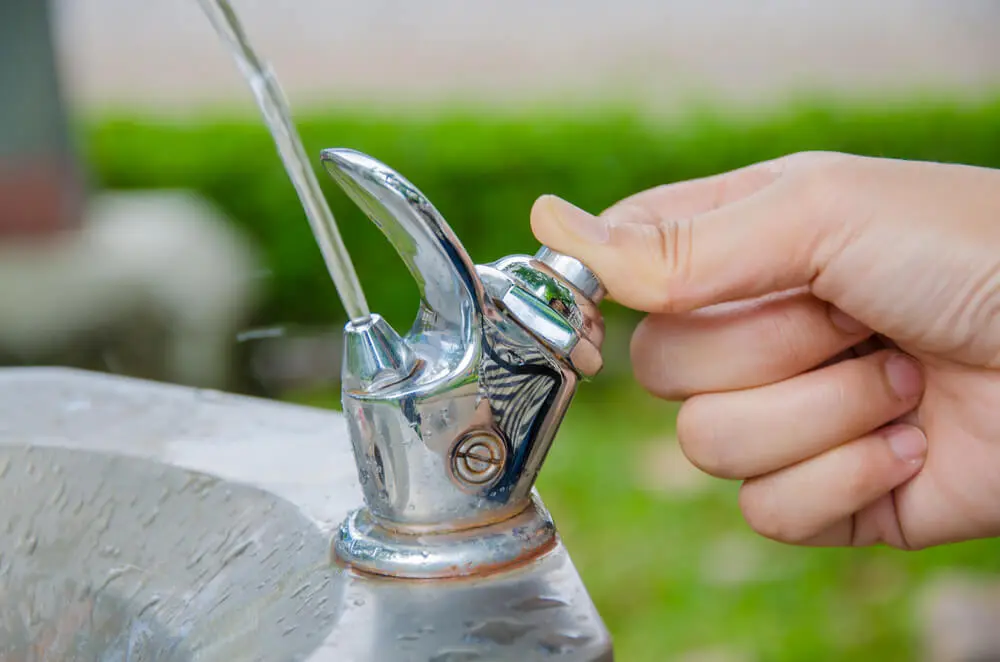
Federal officials have drafted protective guidelines for all levels of government to refer to in the occurrence of a radiological event, so that the local government agencies may better restrict the use of contaminated water sources and find alternative reserves.
The Environmental Protection Agency (EPA) released a Draft Protection Action Guide (PAG) this month, which is to be used in consideration during the event of a radiological incident that affects water used for drinking, bathing and other direct contact uses for the surrounding citizens to mitigate injuries and further contamination of bodies of water.
The PAG was submitted to the Federal Register for public comment, however does not implement any direct language requiring states or jurisdictions to conform or abide by the recommendations.
Do You Know about…
hair dye cancer lawsuits For Salon Professionals
Hair dye lawsuits are being pursued for salon professionals who were routinely exposed to hair dye chemicals and diagnosed with bladder cancer or breast cancer. See if you qualify for a hair dye cancer lawsuit settlement.


Do You Know About…
hair dye cancer lawsuits For Salon Professionals
Hair dye lawsuits are being pursued for salon professionals who were routinely exposed to hair dye chemicals and diagnosed with bladder cancer or breast cancer. See if you qualify for a hair dye cancer lawsuit settlement.
The EPA says the creation of the drinking water PAG will serve local emergency responders when needing to restrict the use of contaminated drinking water when radiological contamination is present.
The drinking water guidelines for radiological contamination were established after reviewing data surrounding the March 2011 tsunami that struck Japans nuclear power plant in Fukushima, causing one of the reactors of the plant to be improperly cooled when the generators failed, resulting in three nuclear meltdowns and the release of radioactive material into the water.
According to the World Health Organization, Japanese authorities implemented a two-tier set of provisional emergency standards concerning the levels of radioactive iodine-131 in the drinking water following the nuclear meltdown. The provisions on drinking water were established by the Japanese Food Sanitation Act and became a temporary guideline for acceptable drinking water to prevent mass exposures.
When a radiological event occurs near a water source that drinking and bathing water is retrieved from, the public then becomes exposed to the radionuclides released into the water. Radionuclides are unstable atoms containing increased amounts of radiation, that if consumed or exposed to in large enough amounts may cause serious adverse health consequences, including the increased risk of cancer.
The EPA has established bare minimum standards for radionuclides in drinking water for areas impacted during such a radiological event contaminating a main body of water. The EPA’s PAG suggests that emergency responders refer to the guidelines on how to calculate Derived Response Levels (DRLs) for radionuclides likely to be present.
According to the EPA’s new guideline and prior rules passed under the Safe Drinking Water Act, radionuclides in water should not be over 500 mrem in any given year for healthy individuals and children, infants, pregnant women and the elderly are recommended not to break a 100 mrem threshold annually. An mrem is unit of absorbed radiation dose in the human body as a result of the exposure. Amounts in excess of this can cause acute side effects and cause a lifetime risk of cancer. These effects can cause increased risks for consumers depending on the age, condition, and quantities absorbed.
The proposed drinking water PAG sets out to cover three subjects, including prevention of acute effects, balancing protection with other important factors, and ensuring that actions result in more benefit than harm and reduce the risk of chronic effects.
In the U.S., drinking water is typically used for showering, bathing and washing dishes as well, increasing the chances of widespread exposure during a contamination event. Therefore, the EPA is issuing the PAG for the public to view and comment to better establish preventative measures from the spread of contaminated water sources that are used in surrounding communities.


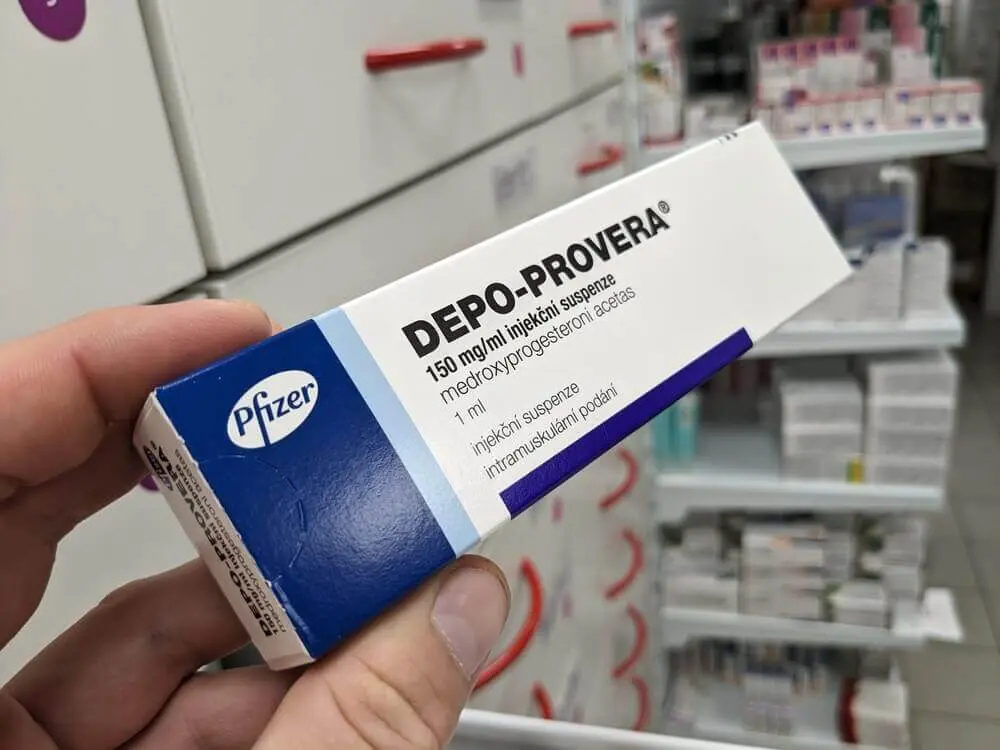
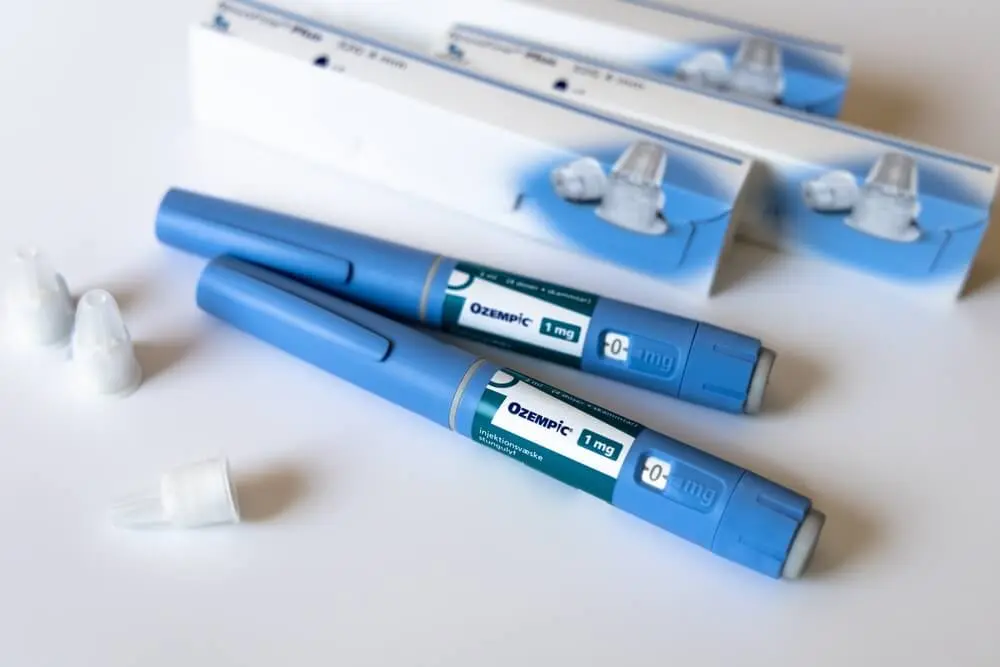
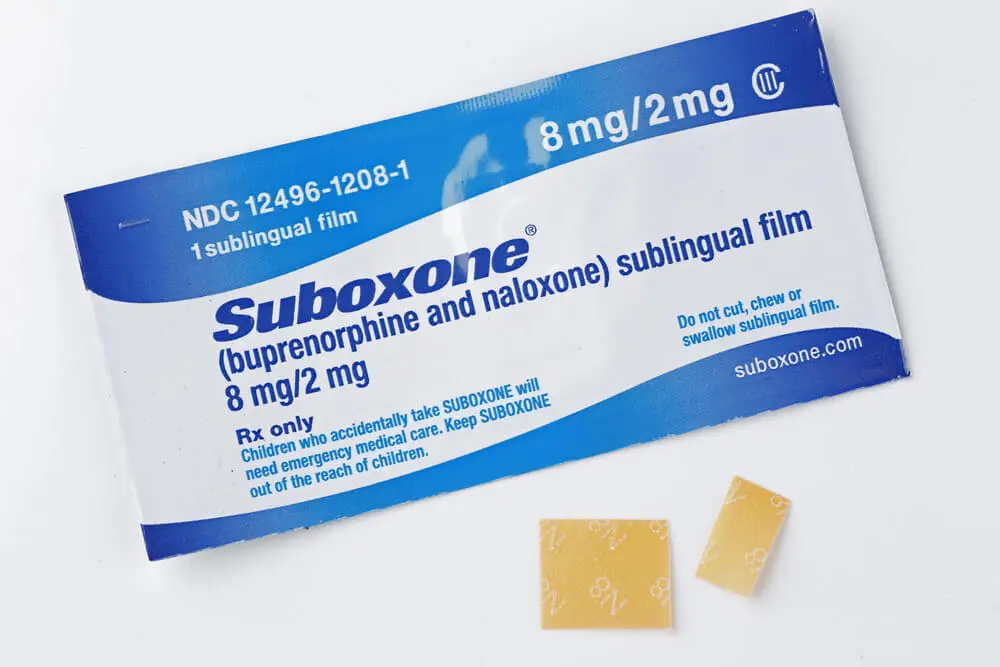

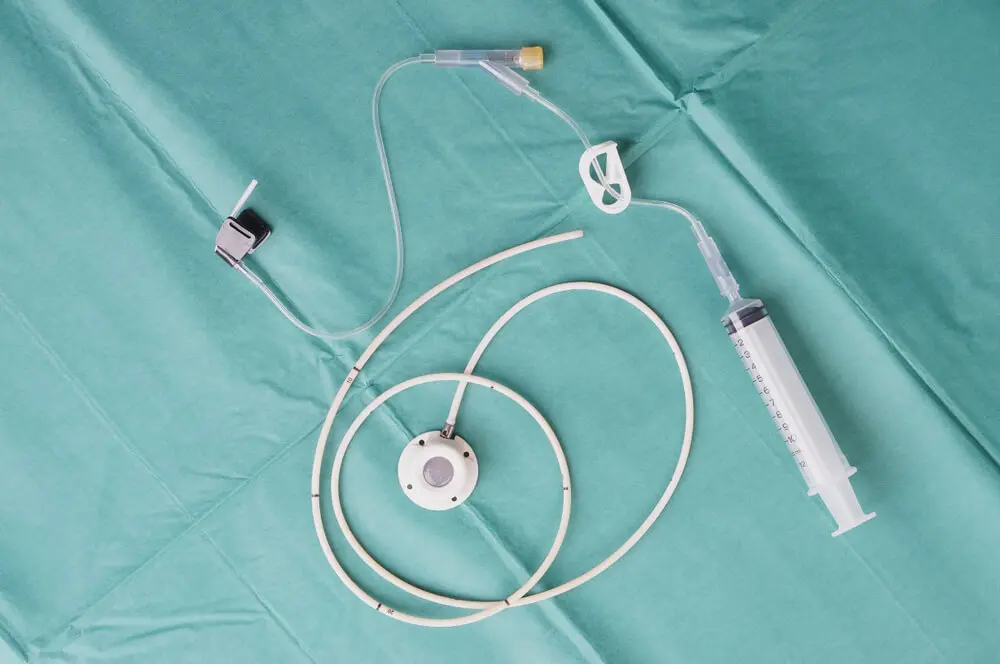





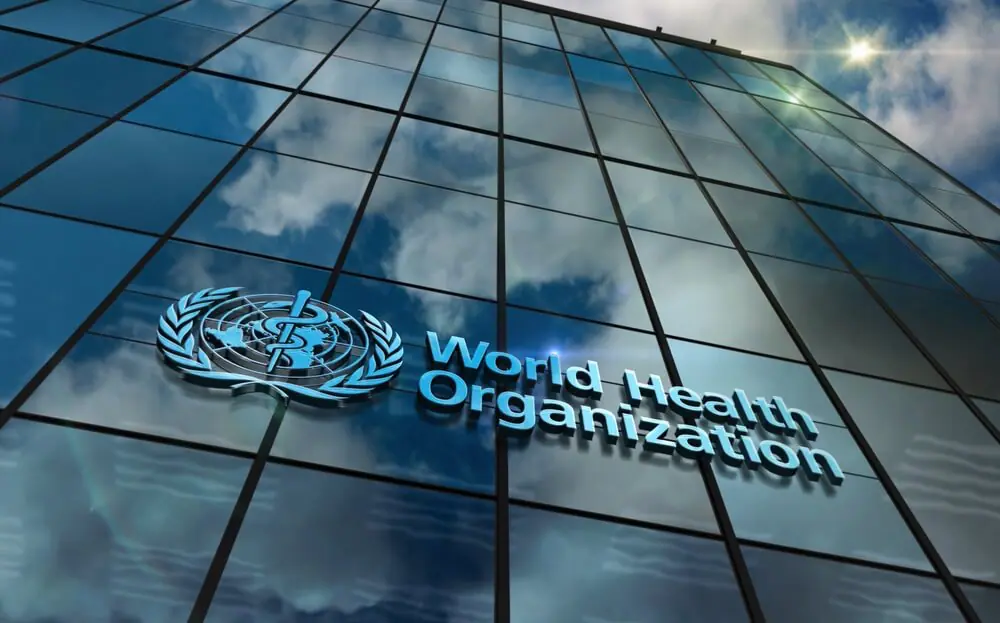



0 Comments